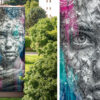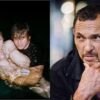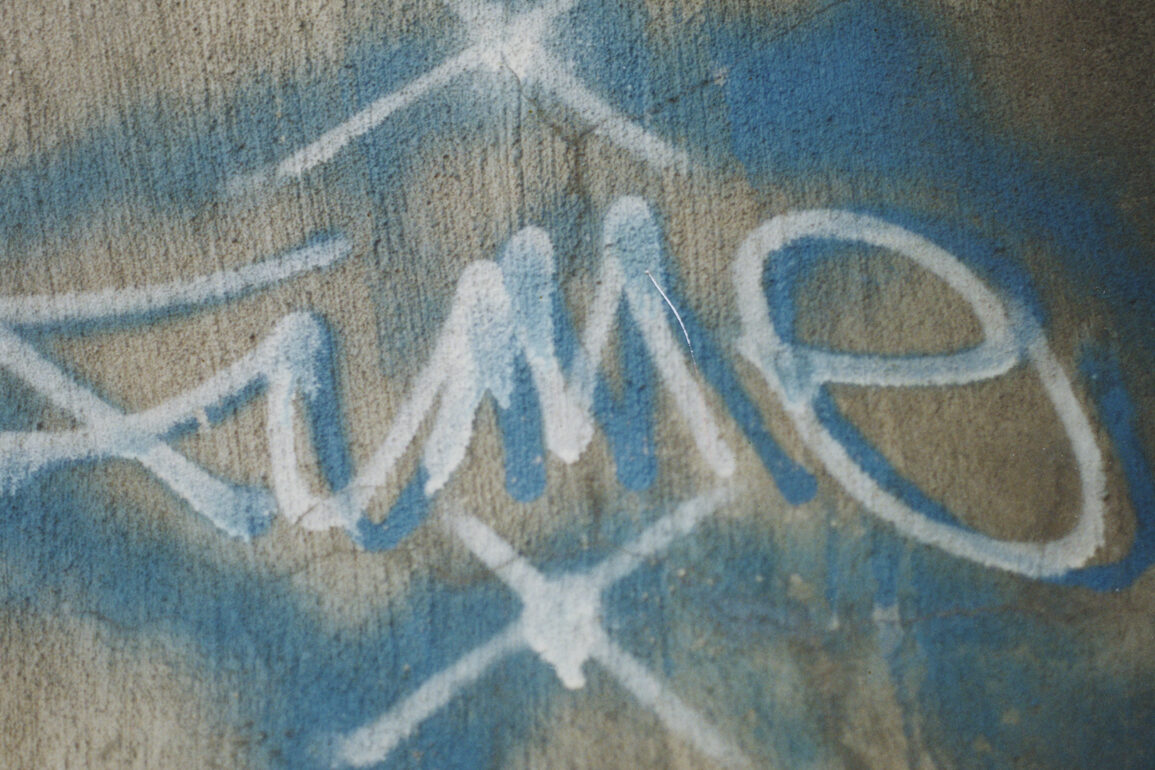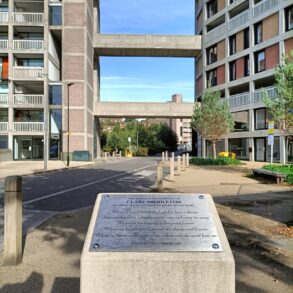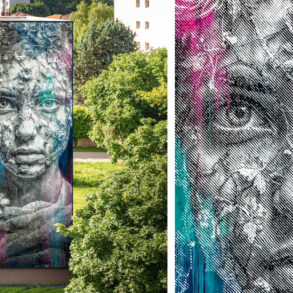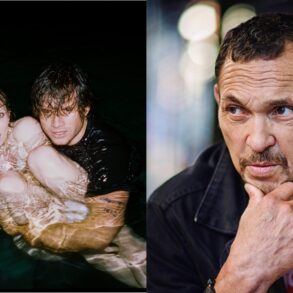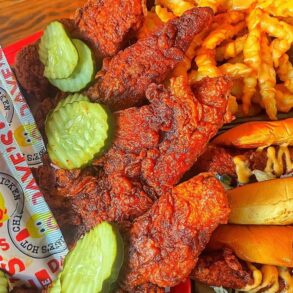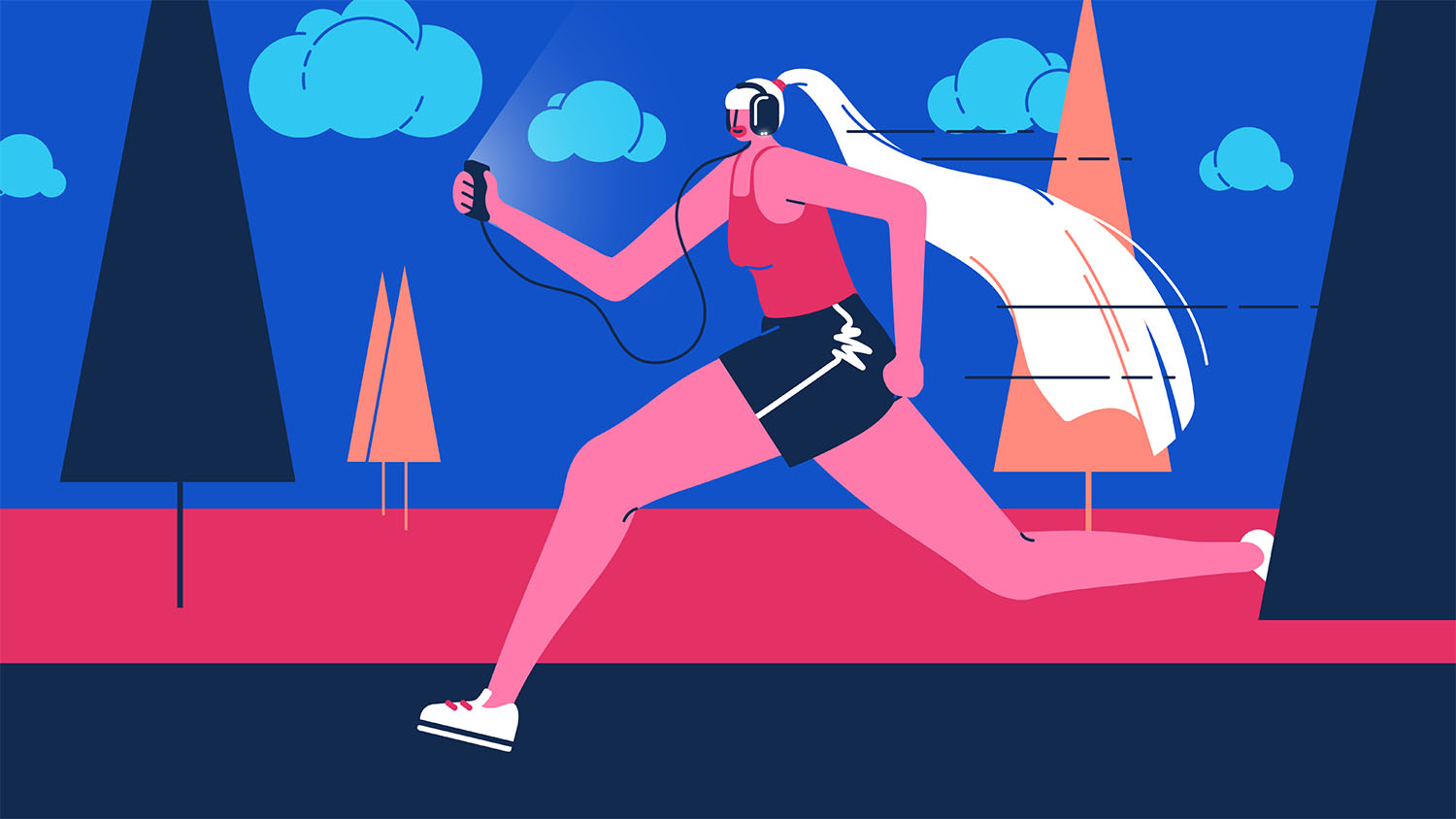While Fume has changed his lifestyle (he has a loving family and much more that he doesn’t want made public), he has maintained the mystery surrounding his name. No podcasts, no social media, no online presence, just the continuation of his graffiti, the kind that’s still reviled by the media and the masses. In fact, it’s safe to say that Fume can become even more of a mystery if you are one of the very few who get to know him.
Alekz: Can you define West London?
Fume: West doesn’t mean all West London, it means five square miles, the big rectangle bordered by Edgware Road on the east, Regent’s Canal on the north, Shepherd’s Bush Green on the west and Bayswater Road on the south. The Hammersmith & City Line running from Edgware Road to Shepherd’s Bush is the spine, in other words the area around the elevated section of the Westway.
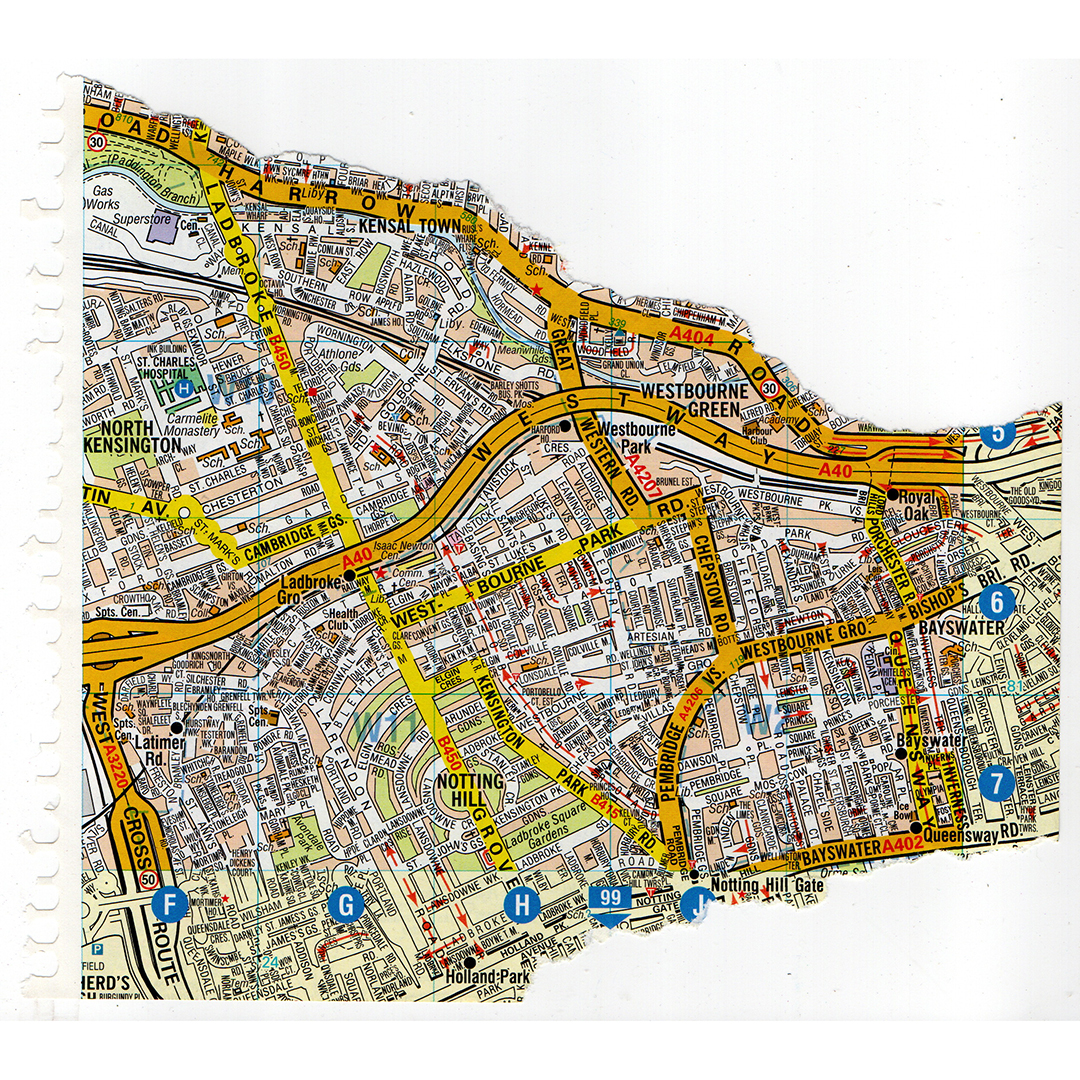
I was blessed to be born and raised there. I could hear ‘Little Mets’ [graffiti slang for the train stock that served Circle and Hammersmith & City Line until 2014] all the way from Royal Oak station to my garden just off the Harrow Road. To hear them every day was a blessing. To have the tube line, the Westway, Trellick Tower, Regent’s Canal, Ladbroke Grove, Westbourne Grove within reach… you couldn’t ask for a better place to start graffiti.
Little Mets were the best trains to paint, they had lovely flat sides and so much character. All the stations had rubbish platform cameras and West London had some of the most atmospheric train depots in walking distance: Gloucester Road, Hammersmith sheds, Parsons Green and Queens Park. Every 80s graffiti writer would tell you the same, West was the best. Don’t get me wrong, East London had some really nice spots with really good writers back then, even South London did too, and North London had writers like Shuto [the founder of DDS Crew]. Everywhere had something or someone. But even people like Shuto would talk about Ladbroke Grove as being somewhere special and people preferred the Little Mets over anything.
Rich and Rage were two big West London names that everyone looked up to, style-wise. Other names include Cazbee, Info and Foam – an infamous writer who once sprayed on the wall entering G [Gloucester Road depot]: “MY YARD, ANYONE CAUGHT HERE DIES.”
In 80s London, there were Hall of Fames [designated areas where graffiti is permitted] but they weren’t like legal walls nowadays, they were special. You couldn’t just go in there and do any old rubbish, you couldn’t paint over someone cos you’d get robbed before you even tried. There were masterpieces in there and they were protected. Nowadays I’d never go to a legal wall, but back then you’d actually search out the Hall of Fames just to see the pieces, it was like a street-level art gallery. I was blessed that when I started writing there were pieces from the 80s still in existence. So everyone wanted to go and see the amazing artwork on display, but everyone was scared, because street robbery was constant, you knew you were going to run into trouble so to see them was a challenge. Street crime went along with street artwork.
What specifically attracted writers to this part of town in the first place?
The abandonment. You had the old British Rail Maintenance Depot known as the Rotunda Building which was derelict. Going in there and seeing pieces everywhere was amazing. There were loads of free parties there throughout the 90s and the whole place was completely bombed. And then you had Paddington wasteground – a wasteland that led onto train tracks. What a great playground for an adolescent! In the early 90s when I started writing, before the gypsy caravans and then the taxis moved in, you could do whatever you wanted. Hammersmith and Parsons Green had similar derelict bits of structure that sat next to the yards. This disused space was part of the beauty of London at that time, and West had a lot of it.
And it was so multicultural. Edgware Road was dominated by Arabs. North of West you had South Kilburn which was dominated by Irish, Harlesden which was Jamaican and Somali, South was Kensington which was dominated by rich people. But in West London there wasn’t just one big culture, all these people met, and growing up there gave me a really broad vision of the world.
And the layout. West London has such four-dimensional architecture, the beauty of canals, elevated train tracks, wastelands, motorways running above you, roads intertwining with each other, big concrete tower blocks, a tight-knit sense of community and… loads of criminals that just wanted to take your money and eat you alive!
It sounded like an area well suited to a young graffiti writer, but certainly dangerous. It must have been stressful growing up in such an environment.
There were safe areas and dodgy areas. For example if you were around Trellick Tower it was dodgy – Trellick was, and still is, so futuristic but all the local youths would throw stones at you if you were painting and there were pockets of rudeboys who would definitely want to rob you. But if you went just round the corner to Golborne Road you were in the safe zone, especially for me since there were more Moroccans and I blended in. Everyone got robbed in Grove though, it was bad, I had a run-in once with one of the rudeboys – a “ragga” as we used to call them. He told me to jump up and down to see if there was any change in my pockets, he was like, “Yeah, you got change, how much you got? A pound twenty – that’s mine.”
That was the way it went. Actually, last year I was in Ladbroke Grove Sainsbury’s and I recognised the guy – he didn’t remember me but I said, “I remember you, you robbed me once.” He looked so ashamed, head down, apologising, I told him we all do stupid things and not to worry, I should’ve asked for my £1.20 back though.
But I’ll tell you the truth, all the bad things that happened to me when I was young like getting robbed, getting a knife pulled out on me, having my mum’s 35mm camera stolen, it’s all part of growing up and it strengthened me, as long as you don’t get badly physically harmed which I didn’t. Even if you got a beating I think you could learn something from it. It teaches you how to be wary in life and to be careful. And, as I said, there was a lot of beauty in the surroundings, you just had to know how to look for it.
You know a big thing about West that I liked? A large percentage of the homes have high ceilings. Really high ceilings. The flat I used to live in had humongously high ceilings, and I loved that, I felt like I could breathe.
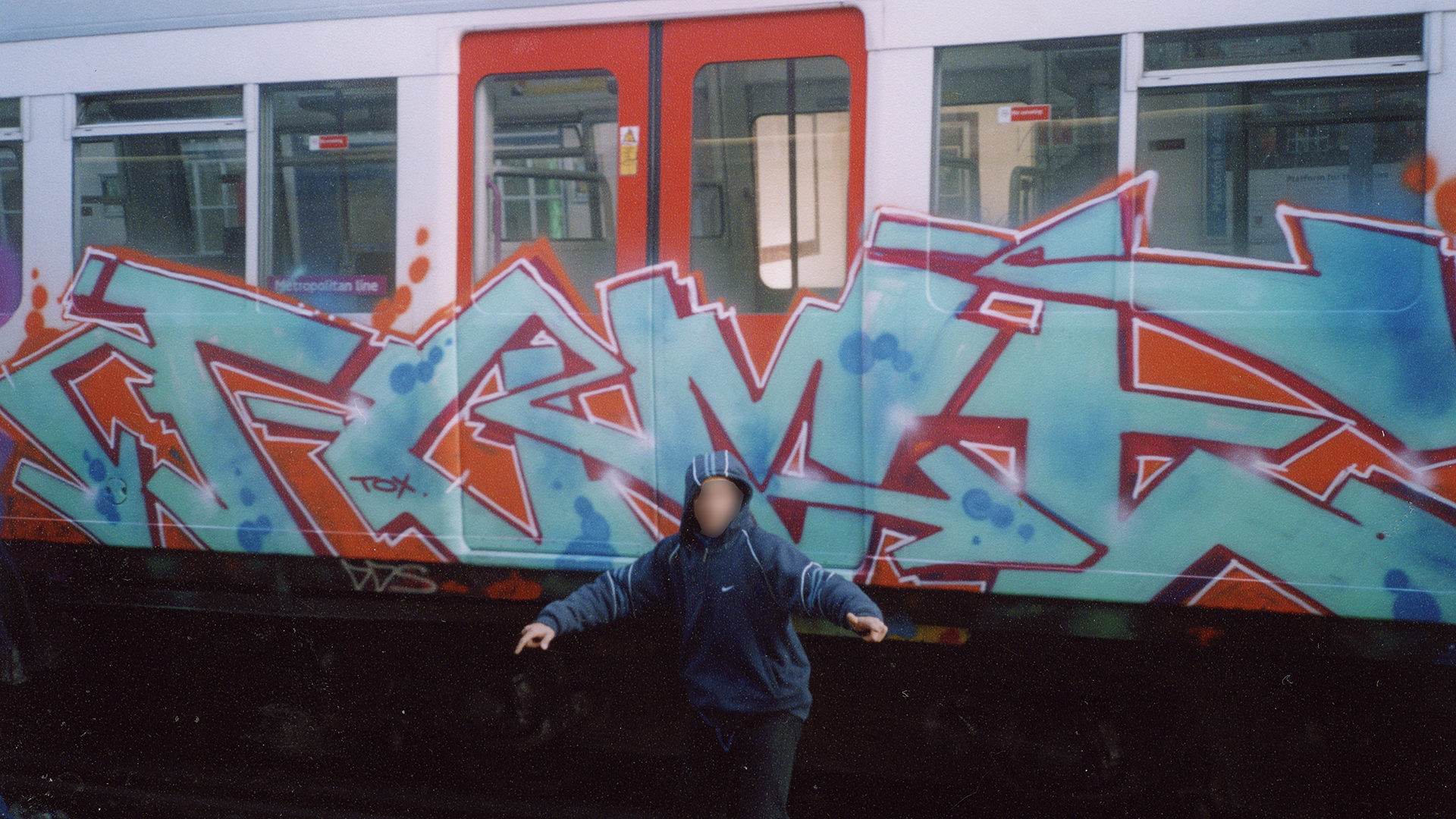
You’ve now been outpriced by your old neighbourhood. How has the area changed today?
A lot of the wastelands have gone, and so in turn have the access points to the tracks. Nobody ever wanted to live next to train tracks because of the noise, so these were the last areas to get developed. Now the Rotunda is home to the Nissan Motor Corporation, but the crazy thing is that all the graffiti inside the Rotunda is actually listed. They had to build the structure of the plasterboard two or three foot away from the graffiti, going all the way around. They’ve actually listed some of my early 90s graffiti. How mad is that?
More recently, I was sad to see writers paint over the beautiful murals by Royal Oak Skatepark. Those murals have been there since the late 70s and they mean a lot to West Londoners. Like Trellick, those murals have a futuristic feeling that have become part of the landscape. I think some artists should get together and re-paint them, I’d rarely say ‘get rid of this graffiti’ but those murals were truly beautiful.
Graffiti writer Fume: ‘All the bad things that happened to me ended up strengthening me’
There’s a lot more surveillance in the present day, but there’s still some good spots. If you walk around and just ignore the pretentiousness you’ll still see the real West London. They can’t change the structures, they’re still there.
There might be a few new buildings, different people, but you can still get the same feeling if you look for it. Take Royal Oak for instance, I drive there every day. Even though I live elsewhere now, I have to go in for work, and I still love it. For me, West will always be best.
Do you have a story to tell or opinions to share about this? Get in touch and tell us more. Big Issue exists to give homeless and marginalised people the opportunity to earn an income. To support our work buy a copy of the magazine or get the app from the App Store or Google Play.
This post was originally published on this site be sure to check out more of their content.


